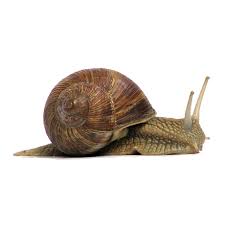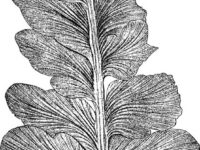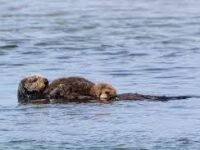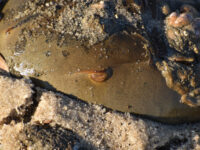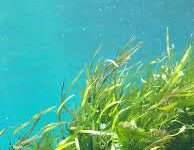It was 2007 — the year of “Spider-Man 3” starring Toby McGuire, Obama’s first election campaign, and the launch of the first iPhone. On a small island in French Polynesia, the last tree snail of the species Partula cytherea quietly, and most likely violently, met its demise. Reports from the International Union for Conservation of Nature and Natural Resources (IUCN) Red List state that the P. cytherea is not the only tree snail species across the Pacific Islands that faced extinction in the past few decades; the native snails of the islands are disappearing at an astonishing rate, resulting in unforeseeable consequences on the ecosystem.
The fascinating features of the P. cytherea, particularly their shells, deserve to be explored before revealing the series of events that led to these creatures’ demise. Partula snails are a genus of tree snails endemic to the French Polynesian islands. They are detritivores, meaning that they consume dead organic matter. Through this food source, they receive calcium and bicarbonate, the primary nutrients needed to form the outer layers of their shells. The ions are transported via the hemolymph, the snail equivalent of blood, to the mineralizing site located where the shell and the body meet. Transmembrane pumps then increase the concentrations of both ions in the extrapallial space, which is the space between the flesh and the shell. Here, the shell is eventually formed. The calcium ions bind to the carbonate ions, creating calcium carbonate, which, along with proteins that are pumped out by surrounding epithelial cells, constitutes the outer calcified layer of the shell.
Within the basic building process for the outer shell, there are also thousands of unique variations in pattern, color, texture, size, and other traits, which are controlled by a combination of specific gene sequences and environmental factors. Snails can even show a form of handedness, preferring a right-clockwise spiraling shell to the left side, much like how humans often prefer right-handedness. This trait also manifests in early development.
These shells are the product of complex mechanisms and thousands of years of evolution. Additionally, snails play a crucial role in the ecosystem, recycling dead organic matter and functioning as a valuable part of the food chain. Aside from that, snails have been intertwined with humanity throughout history: Romans created the dye Tyrian Purple from sea snails, medieval monks drew snails into their marginalia, indigenous Hawaiian culture admires singing snails, and nowadays, people use skincare products containing snail mucin. The loss of distinct snail species is not just a loss to the ecosystem but the loss of years of evolution and human culture.
The driving force of the Partula snail’s decline is not due to habitat loss or disease but rather an invasive species. Specifically, it is the Euglandina rosea snail species, commonly known as the rosy wolfsnail. Despite its charming name, these creatures are bloodthirsty cannibals. Initially introduced as ecological control for giant African snails that were damaging farmland crops, they quickly turned their appetite towards the tiny delicacies of the native snails, including the Partula. The rosy wolfsnails track down their prey by following trails of slime and due to their speed, they can quickly (well, relatively) catch up and devour them. While the rosy wolfsnail has become the most devastating perpetrator of the native snail downfall, they are not the only cannibalistic invasive snail species; Oxychilus alliarius, among other predatory snails, is also widespread across the Hawaiian Islands.
“The loss of distinct snail species is not just a loss to the ecosystem, but the loss of years of evolution and human culture.”
Once conservationists in the 1980s and 1990s recognized the extensive damage, efforts were made to preserve the remaining species. Remaining snails were captured and bred to have their offspring rereleased, and protective enclosures were set up across the islands. Sadly, anywhere from 50–90% of species were estimated to be lost. In 1990, Malacologist Alan Solem suggested four actions to further conservation efforts: establishing a baseline of the diversity and abundance of the species from museum collections, conducting field surveys on the remaining taxa, identifying immediate threats and creating a habitat that addresses them, and continuing research on the taxa for further future conservation efforts. In a 2018 article, scientists Norine Yeung and Kenneth Hayes from the Pacific Biosciences Research Center suggested an additional action — changing the public perception of the little creatures.
It is important to acknowledge that, while the rosy wolfsnail may be the primary cause of the snails’ deaths, humans are ultimately behind the extinction. It was humans who first introduced the species in the act of misinformed pest control and who introduced the giant African snails to begin with. Not all hope is lost, though; in 2023, the Partulid Global Species Management Programme released 5,694 snails from seven species in Tahiti and Moorea, allowing them to reestablish themselves in the area. Avid monitoring has shown a continuous presence of the species, and some have even reproduced further.
2007 was a big year, and although not great for the snails, it saw the innovation of the iPhone and the history-making election campaign of former President Obama. Hopefully, decades later, humans can add the restoration of the tree snails to their legacies.
